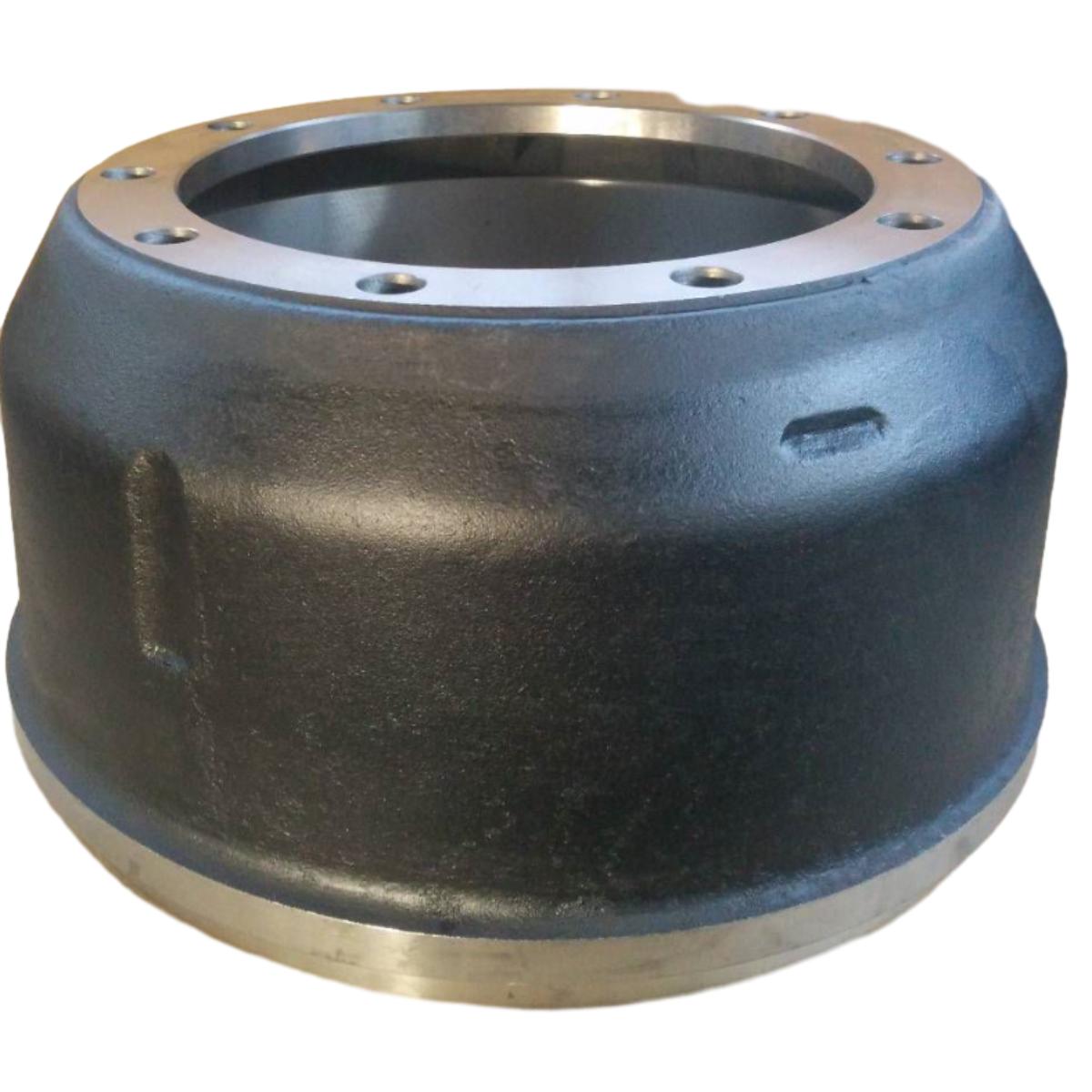
-
 Afrikaans
Afrikaans -
 Albanian
Albanian -
 Amharic
Amharic -
 Arabic
Arabic -
 Armenian
Armenian -
 Azerbaijani
Azerbaijani -
 Basque
Basque -
 Belarusian
Belarusian -
 Bengali
Bengali -
 Bosnian
Bosnian -
 Bulgarian
Bulgarian -
 Catalan
Catalan -
 Cebuano
Cebuano -
 Corsican
Corsican -
 Croatian
Croatian -
 Czech
Czech -
 Danish
Danish -
 Dutch
Dutch -
 English
English -
 Esperanto
Esperanto -
 Estonian
Estonian -
 Finnish
Finnish -
 French
French -
 Frisian
Frisian -
 Galician
Galician -
 Georgian
Georgian -
 German
German -
 Greek
Greek -
 Gujarati
Gujarati -
 Haitian Creole
Haitian Creole -
 hausa
hausa -
 hawaiian
hawaiian -
 Hebrew
Hebrew -
 Hindi
Hindi -
 Miao
Miao -
 Hungarian
Hungarian -
 Icelandic
Icelandic -
 igbo
igbo -
 Indonesian
Indonesian -
 irish
irish -
 Italian
Italian -
 Japanese
Japanese -
 Javanese
Javanese -
 Kannada
Kannada -
 kazakh
kazakh -
 Khmer
Khmer -
 Rwandese
Rwandese -
 Korean
Korean -
 Kurdish
Kurdish -
 Kyrgyz
Kyrgyz -
 Lao
Lao -
 Latin
Latin -
 Latvian
Latvian -
 Lithuanian
Lithuanian -
 Luxembourgish
Luxembourgish -
 Macedonian
Macedonian -
 Malgashi
Malgashi -
 Malay
Malay -
 Malayalam
Malayalam -
 Maltese
Maltese -
 Maori
Maori -
 Marathi
Marathi -
 Mongolian
Mongolian -
 Myanmar
Myanmar -
 Nepali
Nepali -
 Norwegian
Norwegian -
 Norwegian
Norwegian -
 Occitan
Occitan -
 Pashto
Pashto -
 Persian
Persian -
 Polish
Polish -
 Portuguese
Portuguese -
 Punjabi
Punjabi -
 Romanian
Romanian -
 Russian
Russian -
 Samoan
Samoan -
 Scottish Gaelic
Scottish Gaelic -
 Serbian
Serbian -
 Sesotho
Sesotho -
 Shona
Shona -
 Sindhi
Sindhi -
 Sinhala
Sinhala -
 Slovak
Slovak -
 Slovenian
Slovenian -
 Somali
Somali -
 Spanish
Spanish -
 Sundanese
Sundanese -
 Swahili
Swahili -
 Swedish
Swedish -
 Tagalog
Tagalog -
 Tajik
Tajik -
 Tamil
Tamil -
 Tatar
Tatar -
 Telugu
Telugu -
 Thai
Thai -
 Turkish
Turkish -
 Turkmen
Turkmen -
 Ukrainian
Ukrainian -
 Urdu
Urdu -
 Uighur
Uighur -
 Uzbek
Uzbek -
 Vietnamese
Vietnamese -
 Welsh
Welsh -
 Bantu
Bantu -
 Yiddish
Yiddish -
 Yoruba
Yoruba -
 Zulu
Zulu
Understanding the Importance and Functionality of Brake Drums and Rotors in Vehicle Safety
Understanding Brake Drums and Rotors Key Components of Vehicle Safety
When we think about vehicle safety, our minds often shift towards seatbelts, airbags, and advanced driver-assistance systems. However, the importance of brake components, such as brake drums and rotors, cannot be overstated. These essential parts are fundamental to how vehicles stop, making them vital for safe driving. This article delves into the roles, differences, and maintenance of brake drums and rotors, providing insight into their significance in automotive safety.
What are Brake Drums and Rotors?
Brake drums and rotors are critical components of a vehicle's braking system. Brake drums are typically found in older cars or in the rear brakes of some modern vehicles, while brake rotors are more common in newer vehicles and are primarily used in disc brake systems.
Brake drums are cylindrical devices that house brake shoes. When the driver presses the brake pedal, hydraulic pressure forces the brake shoes outward against the inner surface of the drum, generating friction to slow down the vehicle. This system is known as a drum brake system.
On the other hand, rotors are flat, disc-shaped components. In disc brake systems, when the brake pedal is pressed, brake pads clamp down on the rotor, creating friction that slows the vehicle. This system is generally more efficient and provides better heat dissipation than drum systems, which is why it's prevalent in modern vehicles.
Differences and Applications
brake drums and rotors

One of the primary differences between brake drums and rotors is their design and the way they handle heat. Brake drums tend to retain more heat due to their enclosed shape, which can lead to brake fade during extended braking. This phenomenon occurs when the brakes become less effective due to overheating, significantly affecting vehicle safety. In contrast, rotors typically allow for better airflow and cooling, making them less prone to fade.
Another notable difference is in maintenance and performance. Disc brake systems, utilizing rotors, generally offer superior stopping power and shorter stopping distances, particularly in performance vehicles. They also tend to require less maintenance since they are less susceptible to issues like drum warping, a problem that can affect the reliability of drum brakes.
Maintenance and Common Issues
Both brake drums and rotors require regular maintenance to ensure optimal performance and safety. For drum brakes, it’s crucial to check the brake shoes for wear, inspect the drum for cracks or scoring, and ensure proper adjustment for the brake system to function correctly. If the brake shoes wear down unevenly or if the drums are excessively worn, they may need to be replaced.
For vehicles equipped with disc brakes, rotors should be inspected for warping, excessive wear, or surface rust. It's also essential to check the brake pads regularly, as they play a significant role in the system's overall effectiveness. If the pads become too worn, they can damage the rotors, resulting in costly repairs.
Conclusion
In conclusion, brake drums and rotors are fundamental to vehicle safety, significantly impacting how effectively a vehicle can stop. Understanding the differences between these components, along with their maintenance needs, can empower vehicle owners to make informed decisions regarding their braking systems. Regular inspections and timely replacements can help ensure that your vehicle remains safe on the road, allowing you to drive with confidence. Prioritizing brake longevity and performance is not just a matter of vehicle upkeep; it is a crucial step towards protecting your life and the lives of others on the road.
-
What Are Drum BrakesNewsJul.07,2025
-
Understanding Brake Drum MaterialNewsJul.07,2025
-
Semi-Trailer Brake Drum: A Key Component for Extreme Loads and Long-Distance TransportNewsJul.07,2025
-
Drum Brake Pads for SaleNewsJul.07,2025
-
Brake Drums for SaleNewsJul.07,2025
-
Brake Drum ManufacturerNewsJul.07,2025
-
Aluminum Brake Drums: The Future of High-Performance CarsNewsJul.07,2025
